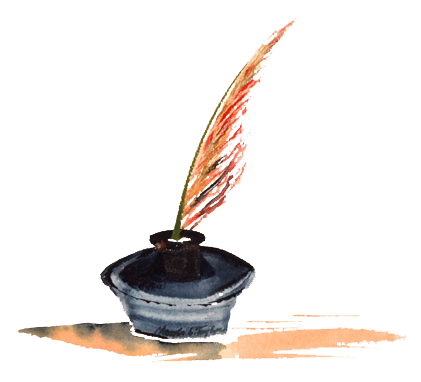I recently added to my series on the timeless scalable design process with an article about Value Driven Design (VDD). VDD is a specialization of the design process for business and organizations where delivering value is the key result of the deign process. The article is available here below:
https://www.keen.design/en/design-blog/value-driven-design-a-timeless-scalable-process-for-designing-and-producing-multi-dimensional-value
A summary of this article follows here:
Value-Driven Design (VDD) represents a fundamental evolution in design methodology that transforms the traditional feature-request dynamic into a strategic value-delivery partnership by shifting focus from building specific features to delivering measurable value to all stakeholders in a product’s ecosystem. Rather than stakeholders requesting features (“build this”), VDD, leveraging my scalable design process, empowers companies to articulate desired outcomes and values (“achieve this”), allowing design teams to determine the optimal solutions while maintaining accountability through systematic measurement using OKRs (Objectives and Key Results) and KPIs (Key Performance Indicators) throughout the entire design process. The framework operates on a five-level hierarchical value system that creates unprecedented traceability from high-level business strategy down to individual interface elements: starting with Organizational Values that capture company KPIs, core values, and design principles (such as “Design for transparency” for companies valuing honesty), flowing down to Business Values that translate into measurable OKRs like “Increase daily active users by 25%,” then to Customer Values at the service level where customer needs may actually contradict business goals (such as wanting to “Reduce IT budget by 25%” while also “Increase employee productivity by 10%”), followed by User Values where actual UX design begins by mapping conceptual models to user mental models, and finally culminating in Design Assets—the individual buttons, screens, and interface elements that can be directly traced back to their originating business value. This systematic approach solves one of design’s most challenging problems: the coherent prioritization of requirements, since different prioritizations of the same requirements result in radically different products, and VDD ensures this prioritization happens based on real stakeholder values rather than random assumptions. The framework enhances the traditional four-phase design process (Discover, Concept, Detail, Deliver) by adding two crucial phases—Observe, where teams monitor user behavior and market reactions during implementation while making design refinements, and Reflect, which serves both as a client review of lessons learned and as internal knowledge harvesting for the design company. The iterative nature of VDD’s value chain means insights from user research can influence business strategy, creating a true feedback loop where, for example, discovering that user efficiency can be expanded by 30% might lead a business to change their goals and a customer to adjust their IT spending OKRs. This systematic approach creates what Keen Design visualizes as a ribbon of interconnected value bands, representing how different stakeholder values are integrated and transformed throughout the project, ultimately enabling design teams to demonstrate their impact in business terms while proving design’s essential role in driving organizational success. As one satisfied customer noted, VDD excels at “connecting the business strategy to that one button on that one screen,” perfectly encapsulating how this framework bridges the persistent gap between design and business strategy while ensuring user value remains central to every decision, making design measurably accountable to business outcomes without sacrificing the iterative, creative nature of good design work.
